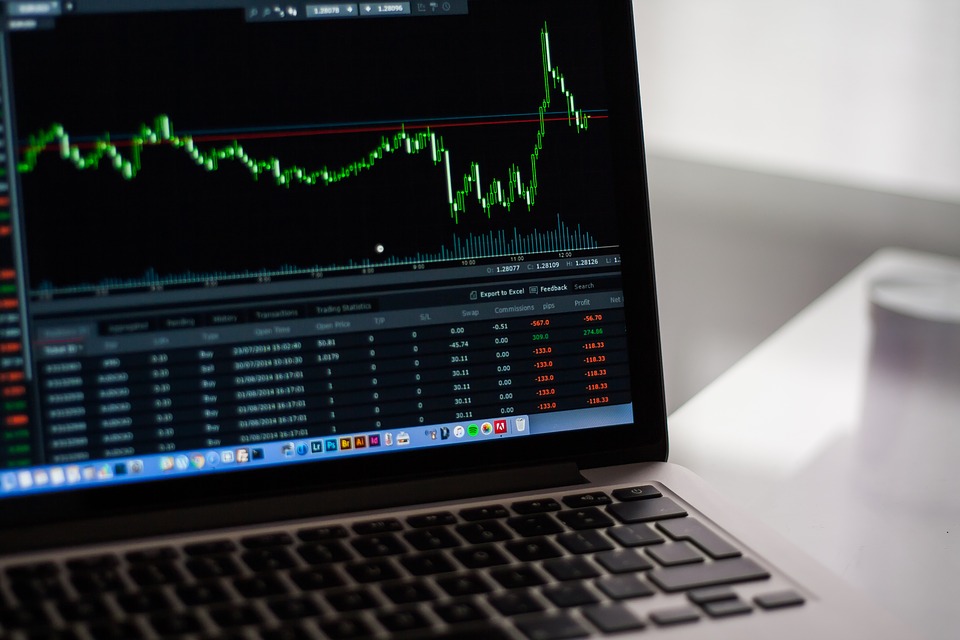Swissquote: Nvidia jumps 25% as earnings, revenue beat estimates
Swissquote: Nvidia jumps 25% as earnings, revenue beat estimates

US stocks and bonds fell on Wednesday as the US politicians still didn’t seal a deal to raise the debt ceiling and the Federal Reserve (Fed) minutes showed dissatisfaction with the speed at which inflation slows.
The Fed wants to either keep rates steady or further hike the rates to continue their battle against inflation.
The funny thing is inflation is good for reducing debt. Back in the 1940s, the US Treasury had forced the Fed’s hand to keep the rates at relatively low levels to tackle the exponentially rising debt – and the US has been successful in reversing the debt-to-GDP trend along with strong demographics and a solid post-war growth. But today, the central bank independence rules out any divine intervention from the treasury to keep the debt-to-GDP ratio in control, and the Fed is not helping to slow the US debt burden.
And now Fitch threatens to cut the US’ AAA rating as the political theatre has real-life implications for the economy, and for investors. JPM now sees the US default risk at 25% - whatever default means for them.
US T-bills maturing on June 6th are now yielding above 6.5% while those maturing by the end of the month are yielding just around 3%.
Besides the fact that the US could default on its payments, no one knows what default would look like to bond holders. Will the holders of the potentially defaulted bonds lose all, will they lose a couple of days payments, what will be the legal implications. No one wants to take the risk, or the headache until a debt ceiling deal is reached.
Nvidia’s shining like a new penny after Q1 results
Nvidia beat both earnings and revenue expectations in Q1. The shares soared nearly 25% in the afterhours trading on relief that investors were not fully wrong on betting that Nvidia would be the winner of the AI craze as its chips are well suited for training AI machines by bombarding them with data.
As a result, Nvidia will continue its journey to the moon. The shares were down almost 70% between the November 2021 all-time high and October 2022 dip. But today, not only have they entirely recovered 70% of losses, but the shares will be hitting a fresh record. What a comeback!
Zooming out, Nvidia’s 25% jump pushed Nasdaq futures up overnight, but the rising US yields on hawkish Fed comments and the debt ceiling saga which now turns into a credit downgrade threat for the US are not necessarily supportive of further easy gains.
The US 2-year yield is pushing steadily higher, while the probability of a June hike has now rose to around 30%.
There is now the talk that even if the Fed pauses in June, it will still raise in July. This is what people talk about when they say, the Fed will maybe ‘hop’ in June.
Today, the US GDP is expected to confirm a 1.1% growth in Q1, and a rise in PCE prices to 4.2%, from 3.7% printed a month earlier. Higher price pressures will certainly boost the Fed hawks, regardless of slowing growth, and loosening job market.
So, all this is reflected in a better appetite for the US dollar. The US dollar index is now preparing to test a minor Fibonacci resistance near the 104 level. And the EURUSD is a couple of pips to its own 23.6% Fibonacci support on its September to May rebound, which stands near the 1.0730 level.
Cable’s positive push following yesterday’s inflation print remained short-lived. Even though the UK inflation came as another slap on the Bank of England’s (BoE) face and revived the hawkish bets that the BoE’s policy rate will now peak around 5.5%, Cable slipped to the lowest levels since the beginning of May… but the UK’s 2-year yield jumped almost 6% yesterday and is getting closer to the levels last seen during Liz Truss’ mini budget chaos. Just saying…
Elsewhere, traders can’t have enough of shorting the yen against the dollar as well. The USDJPY is about to hit the 140 mark. The divergence between a still-hawkish Fed and sleeping BoJ pushes the spread between US and Japan to highest levels since March, meaning that buying USDJPY, or shorting yen against the US dollar continue to make perfect sense.
